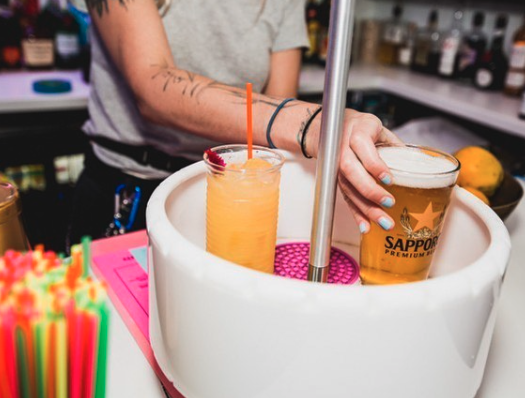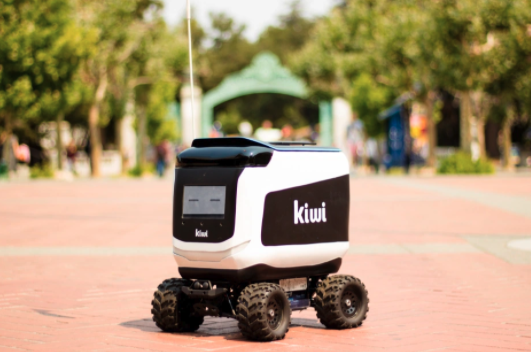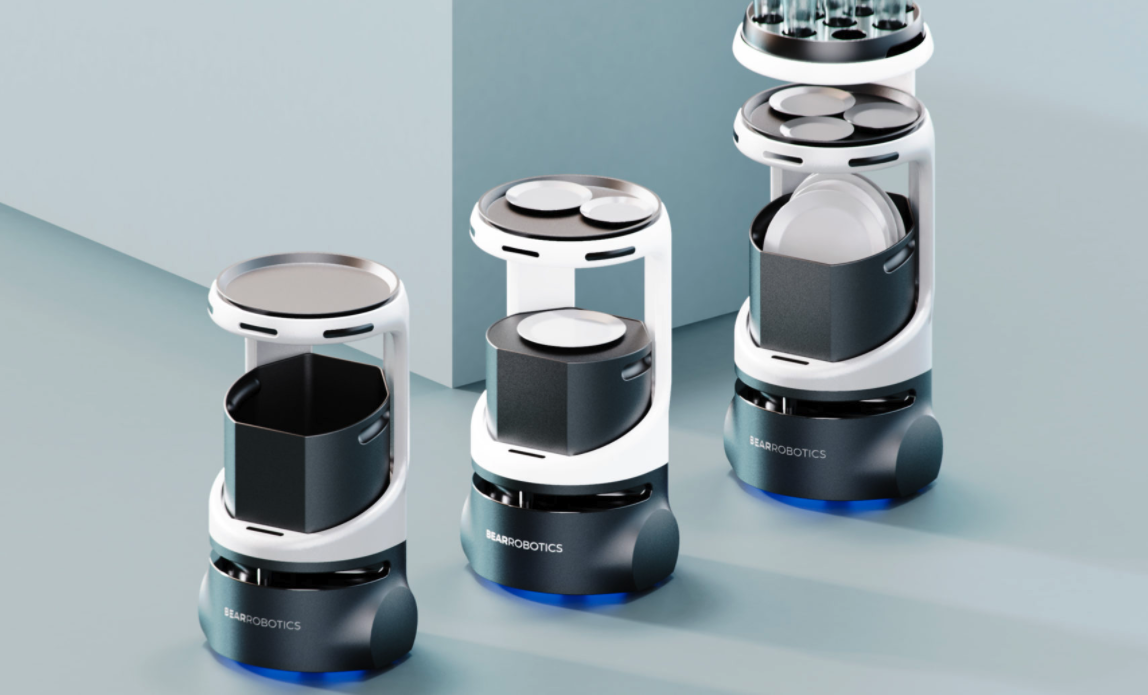News of technological advancement overwhelms today’s headlines. And often simultaneously overwhelms readers.
The fear of technology replacing humans is as old as cities themselves.
In 2020, Presidential candidate Andrew Yang cruised to popularity on a message of robots replacing American jobs, Nikola—an autonomous zero-emission vehicle company— made its NASDAQ debut amid a hotbed of controversy, and the novel COVID-19 virus forced us to rethink how we physically interact with the world around us.
You’ve probably even noticed that your dining experience has changed. Robots, automation, and technology are accelerating the evolution of the dining industry.
Some restaurant concepts like Spyce have embraced a fully automated kitchen. . Customer orders get wired automatically to the kitchen, setting off a chain of actions: remove the appropriate amount of ingredients from the freezer, cook the meal in spinning woks, and then pour it into a ready bowl.
Bbot entered the hospitality industry by building a robotic drink delivery system before pivoting to digital menus and payment processing in early 2020.

Check out our original concept.
At Bbot, we believe firmly that technology, especially in an industry as enriched by human contact as hospitality, will never be able to replace hosts, but rather empower them to do more; to experiment with bold and exciting concepts. To share cuisines and innovations with more people. To learn what guests want to see more of and delight them in novel ways. To create experiences and unique memories.
In hospitality, human experience is essential. Technology is an enabler.
Throughout our off-premise blog series, we’ll be focusing on new hospitality concepts, tech companies changing the dining landscape, and answering questions you may have regarding off-premise order and pay.
As the title of this article suggests, for the rest of this piece we’re going to briefly cover some of the most interesting robot delivery services today and what they may mean for you in the future.

Nuro
Nuro isn’t just an order and delivery aggregator like UberEats or DoorDash. On the front page of its website, Nuro claims it will “deliver the future of local commerce, autonomously.” Nuro’s autonomous delivery vehicles will carry goods —not people— for delivery missions and as the first self-driving vehicle with federal autonomous exemption has a wheel up on its competition —pun fully intended. Nuro has been testing its vehicles in Scottsdale and Houston. In June of 2020, CVS Pharmacy launched a pilot program with Nuro to bring prescriptions and essentials to city residents.
It isn’t clear yet whether Nuro will launch its own open delivery platform, solely partner with large partners, or build vehicles for aggregators to use. Its sleek driverless vehicles are noble enough to navigate the city and suburban streets with ease and more favorable unit economics may drive down delivery costs for delivery aggregators. Fewer large vehicles on the road may reduce traffic and delivery times for guests.

Kiwibot
Another autonomous vehicle startup already making deliveries is Kiwibot. Kiwibot uses a team of 3 robots to make deliveries. The first collects orders from a restaurant. The second sorts and takes away orders to a common delivery point. The last robot makes the hundred-meter journey to the customer.
What makes this system unique is the multi-step process and its semi-autonomous approach. Unlike Nuro which built out a fully autonomous vehicle first, Kiwibot has operators who control the path of its robots and can step in to prevent issues. Kiwibot is working towards full autonomy. Currently, Kiwibot handles deliveries in Berkeley, San Jose, and Stanford in Palo Alto. Kiwibot also claims to have an average delivery time of under 27 minutes. It’s conducted over 100,000 robot deliveries so far and recently partnered with Shopify and Ordermark. It doesn’t seem like Kiwibot will be slowing anytime soon.

Bear Robotics
Unlike the two companies mentioned above, Bear Robotics focuses on indoors server delivery. Just this year, Bear Robotics and Softbank partnered to launch Servi, an upgraded version of its previous indoor delivery robots. Covid-19 saw a huge uptick in customer demand as guests worried about the spread of bacteria and viruses through human contact. So far, Bear Robotics has served over 200,000 customers and delivered food to over 110,000 tables.
What does this mean?
Robots are both scary and cool. They’re pervasive in our movies, our imaginations, and perhaps soon, our everyday lives. While indoor and outdoor delivery bots can improve our lives, they won’t do so by wholesale replacing humans.
Effective delivery robots that can bring food from the kitchen to hungry guests at a lower cost, less time, and provide more actionable data than current options will empower business owners and satisfy customers. To work alongside these robots will be people, the people who make hospitality humane and enjoyable.
With regards to the companies we mentioned above, stay on the lookout for potential options to improve your offerings and reach more customers. More importantly, stay excited for the technology which could soon be handling your food and dramatically changing your delivery experience.
At Bbot, we’re currently partnering with several white label delivery services to help you with online ordering and delivery through your own branded digital menu without needing to fork over a +20% percentage cut to a delivery aggregator. Discover more about our online ordering options.




